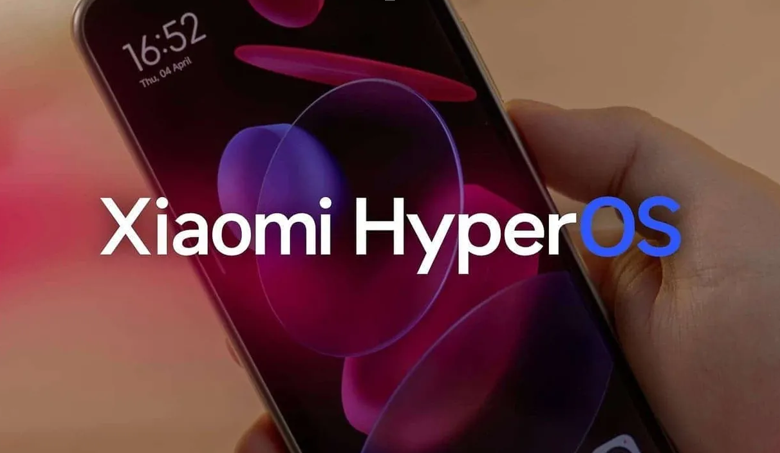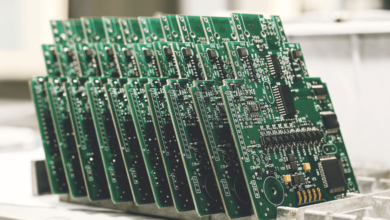Confirmed: 31 Xiaomi, Poco, and Redmi Phones Will End Support After Android 15

Xiaomi has officially confirmed that 31 of its smartphones across the Xiaomi, Poco, and Redmi brands will receive the upcoming HyperOS 3 update, but these devices will not go beyond Android 15. From hkitblog.com the announcement marks the end of software support for several popular models, signaling to users that it may soon be time to consider an upgrade.
HyperOS 3 and Android 15: The Last Major Update
HyperOS, Xiaomi’s custom interface that succeeded MIUI, has been rolling out gradually to its devices. The third iteration, HyperOS 3, will bring refinements in performance, AI-powered features, improved animations, and tighter integration with Xiaomi’s ecosystem, from smart home devices to wearables.
However, the company has clarified that for a group of 31 devices, Android 15 will be the final OS upgrade. After that, these phones will no longer receive major Android version updates, though Xiaomi may continue providing limited security patches for a short period.
The Affected Devices
The full list includes models launched under Xiaomi’s mid-range and flagship lineups, as well as several Poco and Redmi smartphones. Among the most notable are:
- Xiaomi 12 series (excluding Pro and Ultra models)
- Redmi Note 11 and Note 12 variants
- Poco F4 and Poco X4 series
- Selected Redmi K40 and K50 models
These devices were released between late 2021 and 2022, meaning they are nearing the end of Xiaomi’s typical three-year major Android update policy.
What It Means for Users
For owners of these devices, the confirmation means that Android 15—expected to roll out later this year—will be the last major software milestone. After that, users will miss out on future Android innovations, such as improved privacy tools, extended AI integration, and performance optimizations in Android 16 and beyond.
“Devices reaching end-of-support are still usable, but they won’t benefit from new features or long-term security,” explained mobile analyst Daniel Hartono. “For users concerned with privacy and performance, upgrading to a newer model after Android 15 would be advisable.”
See also: The Great Healthcare Equalizer: How Technology is Breaking Down Medical Barriers
Why the Cutoff Happens
Smartphone makers like Xiaomi, Samsung, and Oppo typically limit software support to three or four major Android versions due to hardware constraints, software development costs, and performance considerations.
Older processors and limited memory in mid-range devices make it challenging to support future OS versions smoothly. In addition, maintaining updates for dozens of models strains development resources.
Options Going Forward
Users of the affected models have several choices:
- Continue using the phone with Android 15 and HyperOS 3, relying on whatever limited security patches Xiaomi provides.
- Upgrade to a newer Xiaomi, Poco, or Redmi model that offers longer software support, such as the Xiaomi 14 series or the latest Redmi Note releases.
- Explore alternative software options, including community-driven ROMs, though these come with risks and are not officially supported by Xiaomi.
Xiaomi’s confirmation underscores the inevitable lifecycle of smartphones: even popular models eventually reach the end of official support. With 31 devices set to stop at Android 15, affected users should begin planning their next move.
As the competition in the smartphone market intensifies, longer software support has become a key factor for consumers. While Xiaomi’s three-year update policy remains standard, rival brands are beginning to push support up to five or even seven years—setting new expectations for the future of mobile devices.




